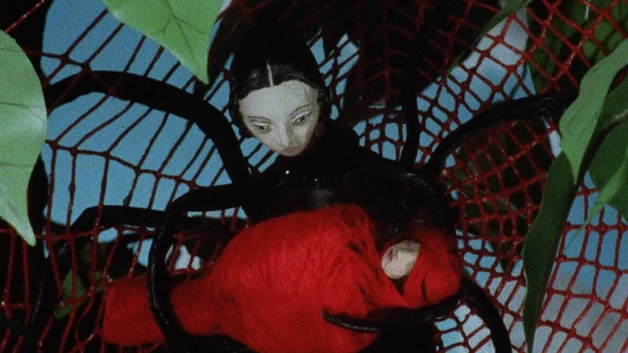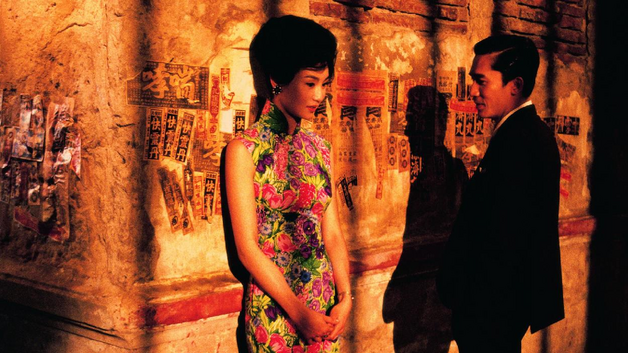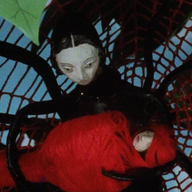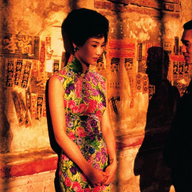Sök efter evenemang

BFK | 26.11.2025 | Blood Tea and Red String (2006)
26.11.2025 19:00
@
Vises i "Tivoli" på Det Akademiske Kvarter

BFK | 03.12.2025 | In the Mood for Love (2000)
03.12.2025 19:00
@
Vises i "Tivoli" på Det Akademiske Kvarter


